There are lots of ways to soak up the history of Estes Park, from the Estes Park Museum and the The Birch Ruins, to catching a movie at Historic Park Theatre.
But one way to dive deep into the history is to visit the Historic Fall River Hydroplant, which is one of the many free activities you can do in Estes Park.
Below, I’ll tell you everything you need to know before visiting the Historic Fall River Hydroplant.
Table of Contents
What is the Historic Fall River Hydroplant?
The Historic Fall River Hydroplant is a former hydroelectric power plant located in Estes Park, Colorado. It was built in 1909 by F.O. Stanley to provide electricity for the Stanley Hotel and ultimately the town of Estes Park.
The plant was damaged in the Lawn Lake Flood of 1982, but was restored and is now open to the public as a museum. It’s a great place to learn about the history of hydroelectric power and the development of Estes Park.
Related Estes Park articles:
- Peak to Peak Scenic Byway Guide: List of Sites to See & Tips
- Best Places to Eat in Estes Park (Restaurants We Actually Tried)
- Estes Park Museum: A Free Look Back at This Rocky Mountain Town’s Past
- Historic Park Theatre in Estes Park: Experience A Century of Movie Magic
- The Birch Ruins: Enjoying A Short Hike to a Historic Gem
- Estes Park Farmers Market: A Look Inside A Vibrant Local Market
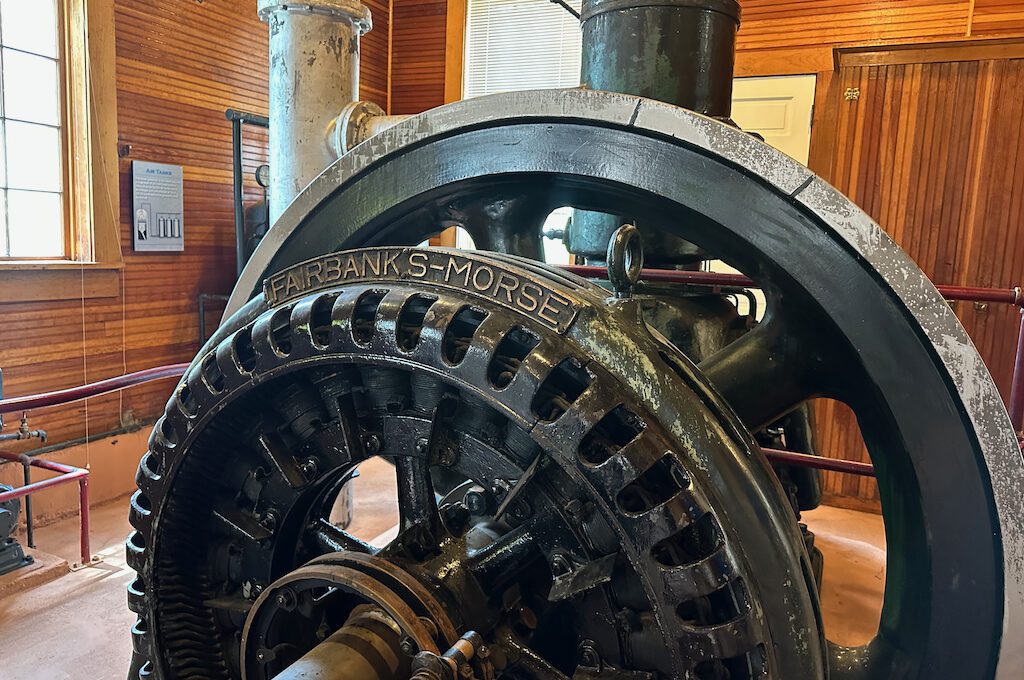
Where is the Historic Fall River Hydroplant?
The Historic Fall River Hydroplant is located at 1754 Fish Hatchery Road, Estes Park, Colorado.
It is about a 10-minute drive from downtown Estes Park. Since it’s located right by the border of Rocky Mountain National Park, this can be a good stop on your way to explore the park, especially if you are visiting after the timed entry ends.
The plant is open from 1:00 to 4:00 p.m. on Wednesday, Thursday, Friday, and Saturday from June through September. The guided tours are offered at 1 PM, 2 PM, and 3 PM and usually last about 45 minutes to an hour.
Here’s your inside tip, though: you don’t necessarily have to arrive right at the beginning of the hour to jump on a tour. We arrived about 20 minutes prior to 3 PM and the volunteers were able to get us started on our own personal tour which was extremely nice of them.
The other great thing about this attraction is that it is 100% free but you can always consider making a donation.
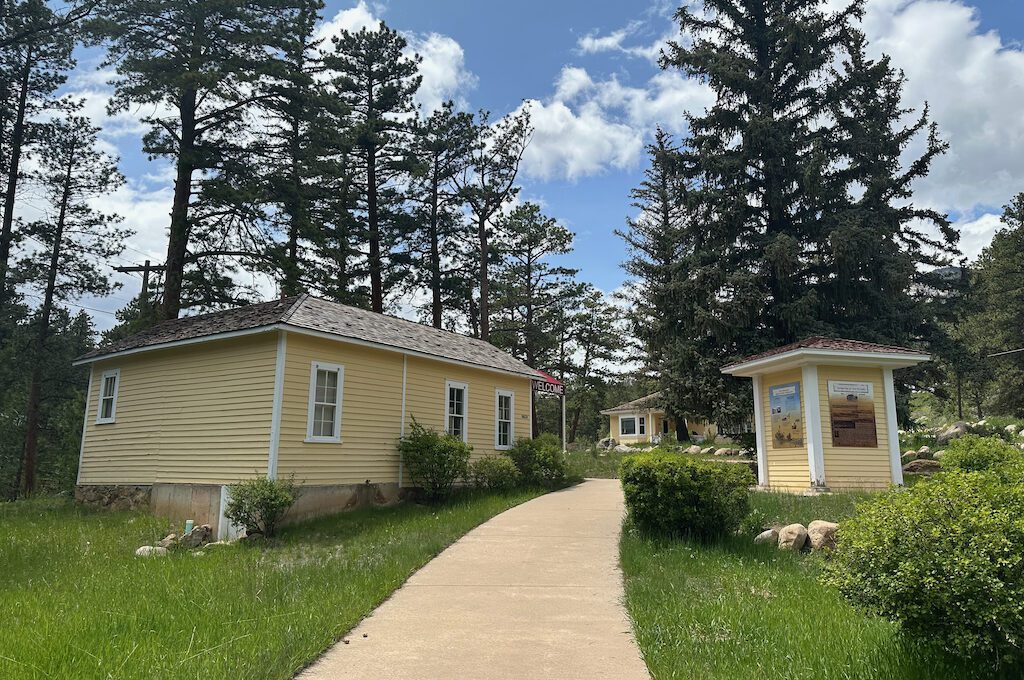
Visiting the Historic Fall River Hydroplant
Our visit began with an overview of the legendary F.O. Stanley.
We learned about him and his twin brother’s entrepreneurial efforts to establish the Stanley Motor Carriage Company, including the “Tourabouts.”
Stanley Tourabouts were large, open-topped cars that could seat up to six passengers and were capable of transporting many passengers. They were used in ferrying tourists to Estes Park over the roads F.O. built, including The Big Thompson Canyon Road (now US 34) and the St. Vrain Road (now US 36).
We’d just learned a ton about F.O. Stanley at the Stanley Home Museum and we let the tour guides know that, so they decided to customize the information for us to avoid a lot of redundancy which was really nice of them.
We then segued into learning about the Stanley Hotel‘s power needs and its status as the first electric powered hotel, which led us to the need for the Fall River Hydroplant.
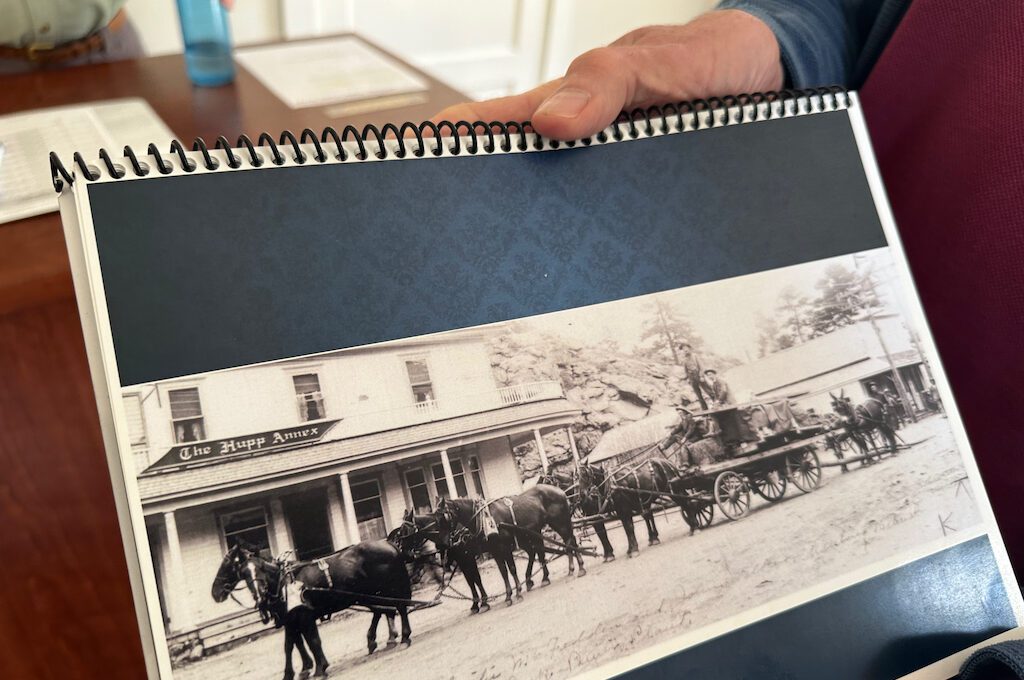
Then it was time to enter the historic plant, which is just a few steps away from the structure we were getting our intro talk in.
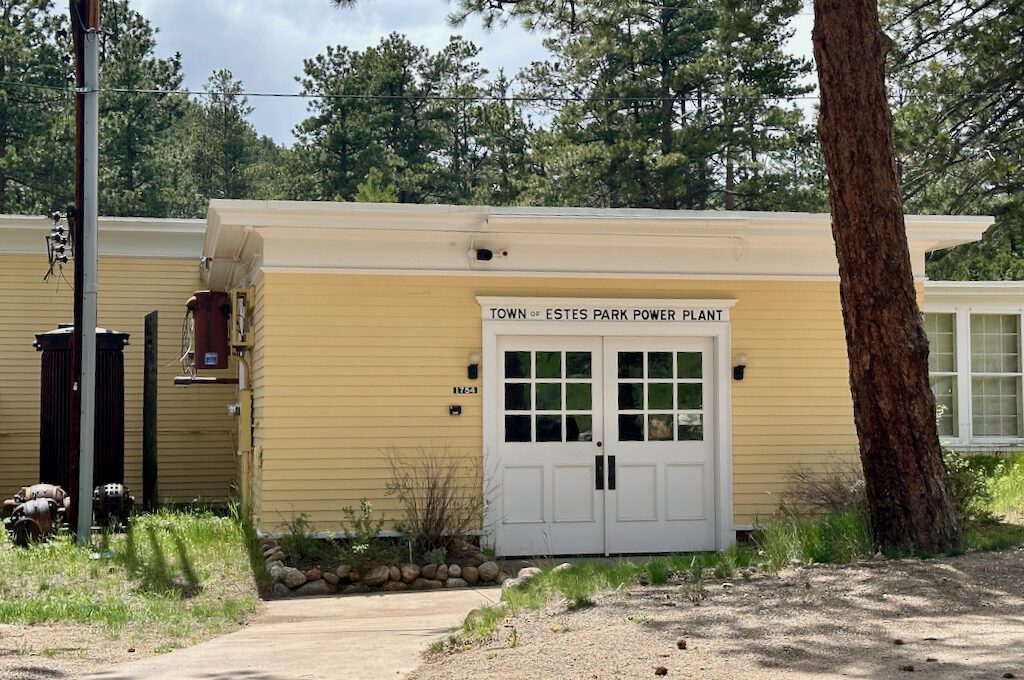
Once you’re inside, you’ll encounter captivating artifacts, including a fragment of the pipe utilized by the former power plant. It astonishes me that they employed wooden pipes to move water for these facilities but apparently it worked.
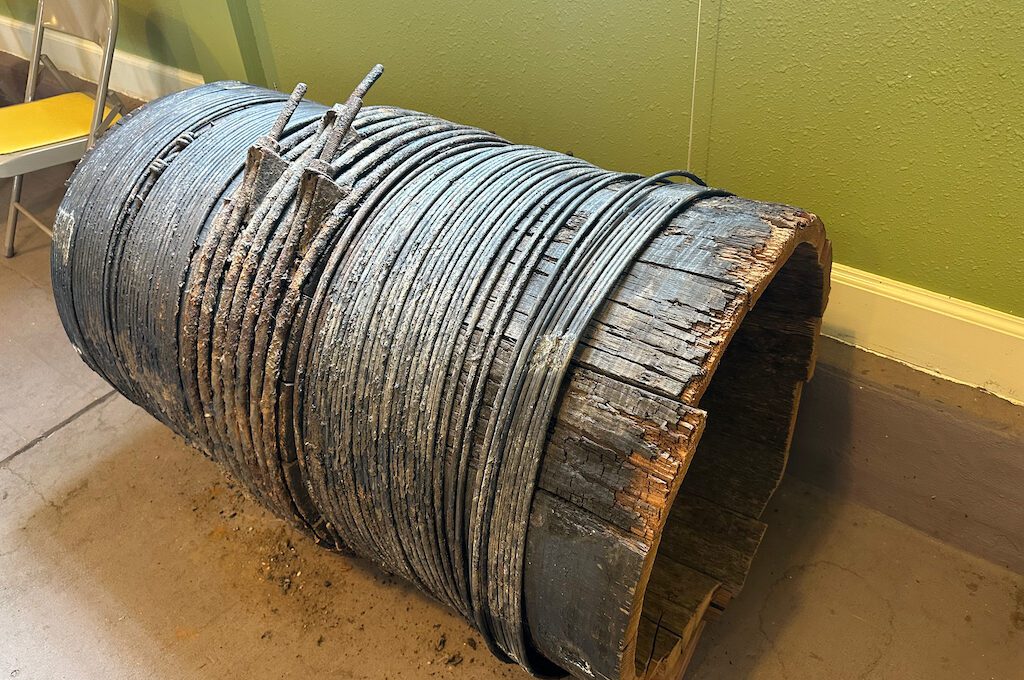
But the heart and soul of this tour would be the mechanical components of the plant: the turbines, generators, and transformers used for the power plant.
If you are mechanically inclined, you may be able to follow all of the technical insight given by an extremely knowledgeable tour guide.
Personally, I was somewhat lost about halfway in although I enjoyed hearing someone so passionate about the machinery go on about its inner workings.
One thing I did catch that was interesting was the insight related to the peloton wheel which was something I got exposed to on a recent trip to Alaska.
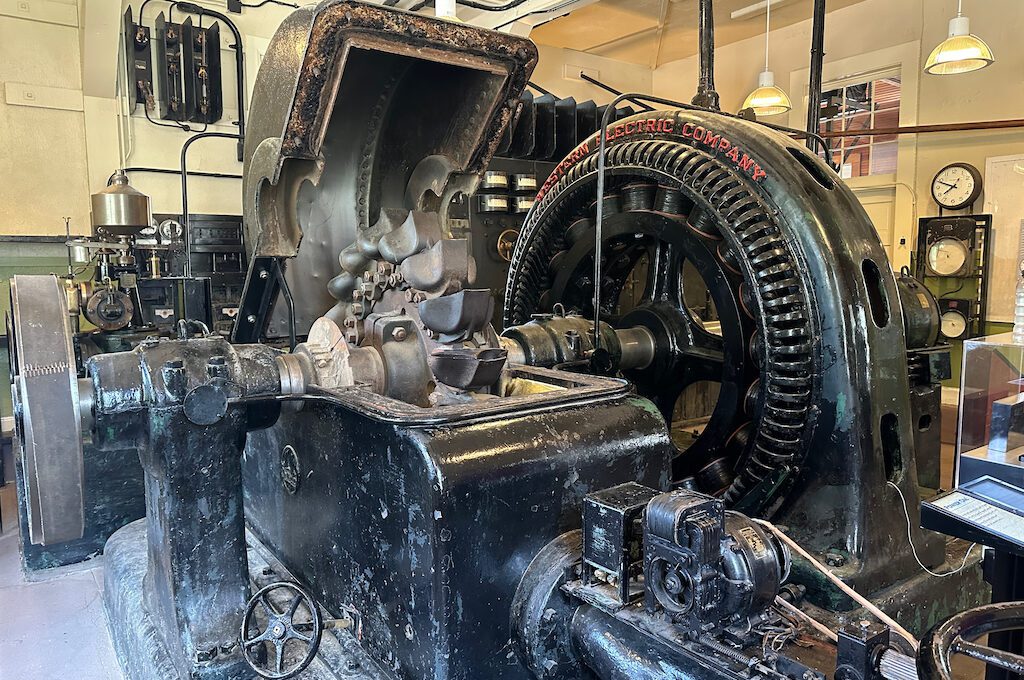
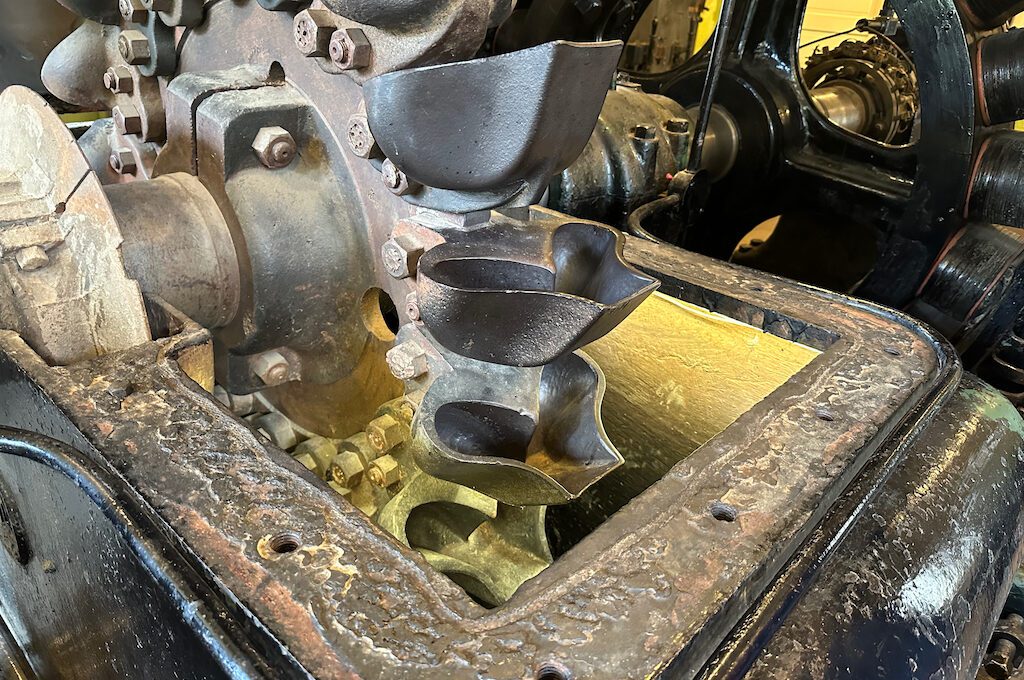
You’ll explore different rooms and observe the various components that the plant utilized and acquired over time.
It’s pretty remarkable to think about how this plant was used for so many decades and all of the guests at the Stanley hotel that they provided electricity for which would’ve included some very high profile guests such as Theodore Roosevelt, Stephen King, and the Emperor and Empress of Japan.
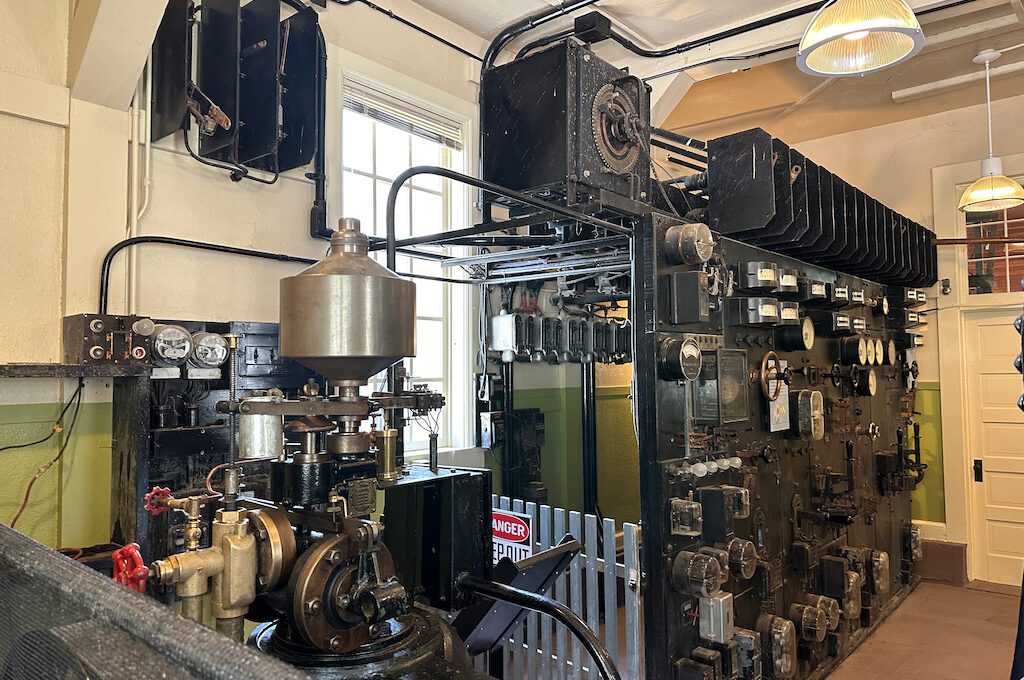
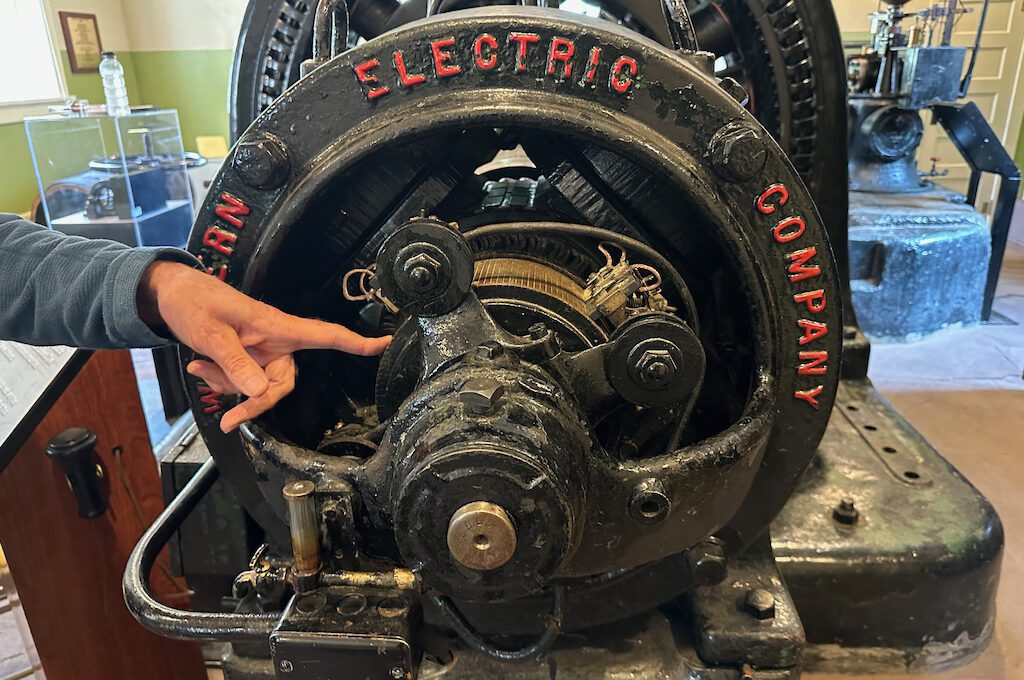
During the tour, a portion is dedicated to the Lawn Lake Flood of 1982. You’ll have the opportunity to witness firsthand some of the remaining traces of the flood, including the mud line. Additionally, you’ll come across a clock frozen in time from when the flood occurred.
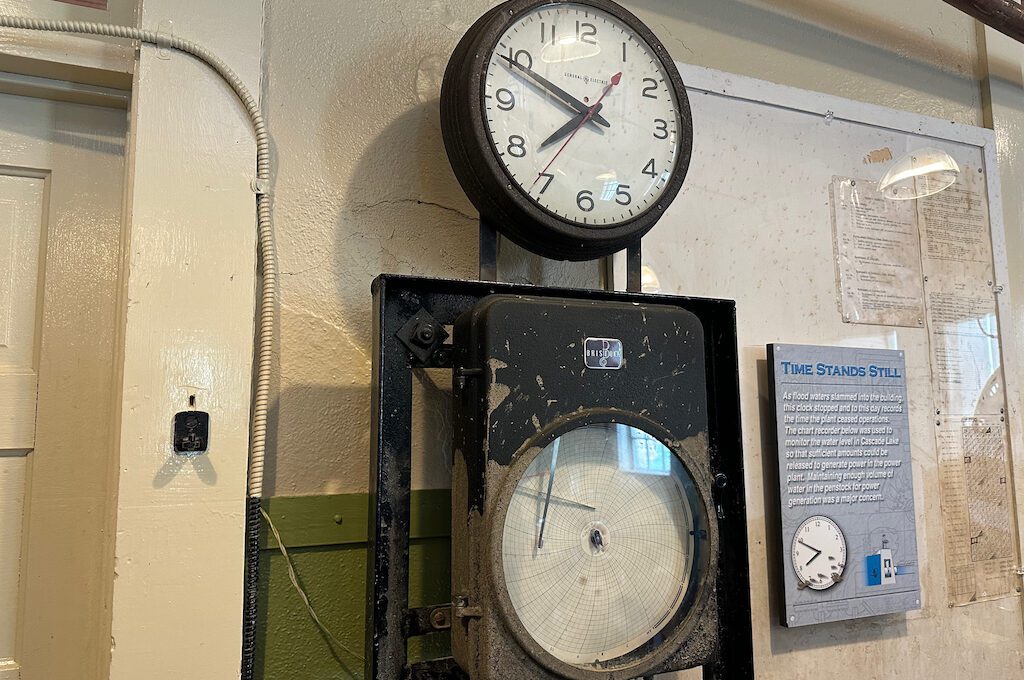
For those unaware, the Lawn Lake Flood of 1982 was a flash flood that occurred in Rocky Mountain National Park and the town of Estes Park, Colorado.
The flood was caused by the failure of Lawn Lake Dam, which released 30 million cubic feet of water down the Roaring River and Fall River, destroying homes, businesses, and infrastructure in their path.
The Historic Fall River Hydroplant was damaged in the flood, but it’s still would’ve been usable. However, local residents voted to repair it and open it up as a museum, likely driven by environmental concerns.
The Lawn Lake Flood was a devastating event that involved multiple fatalities, but it also led to important safety improvements in the region. The National Park Service and the U.S. Army Corps of Engineers implemented new dam safety regulations, and the town of Estes Park developed a flood mitigation plan to reduce the risk of future flooding in the area.
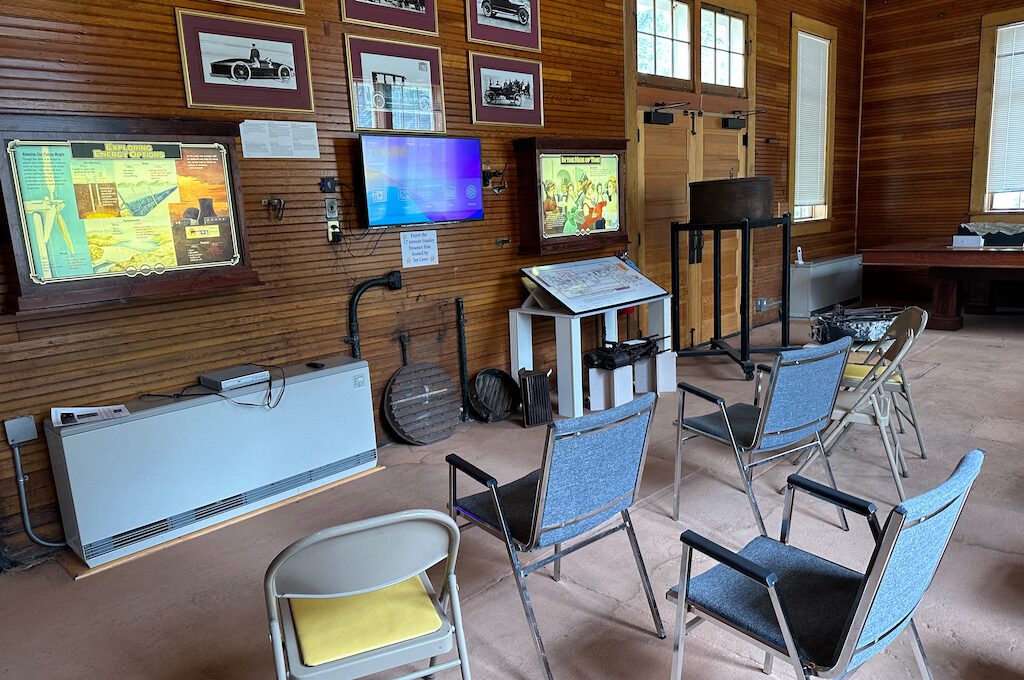
Final word
If you’re mechanically inclined, don’t miss the Historic Fall River Hydroplant. However, even if you’re not an engineer, it’s fascinating to delve into the city’s history and witness how electricity was generated in the past. You’re bound to learn a lot!
Daniel Gillaspia is the Founder of UponArriving.com and the credit card app, WalletFlo. He is a former attorney turned travel expert covering destinations along with TSA, airline, and hotel policies. Since 2014, his content has been featured in publications such as National Geographic, Smithsonian Magazine, and CNBC. Read my bio.

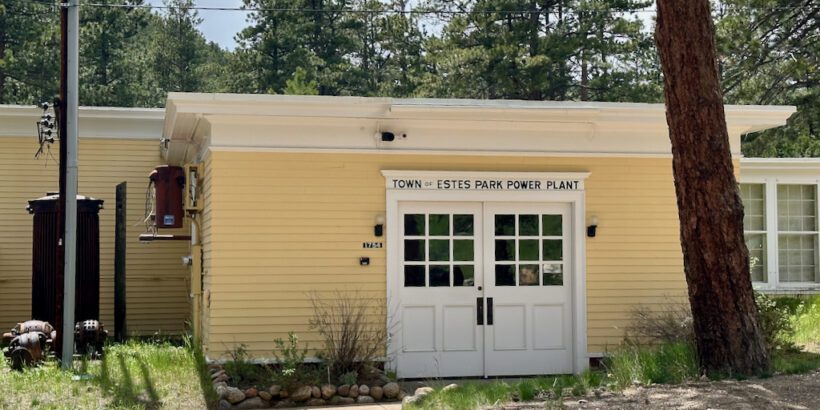
You forgot to mention that 3 people died in the flood.
TYPO:” However, local residents VOTE IT to repair it and…..”
voted